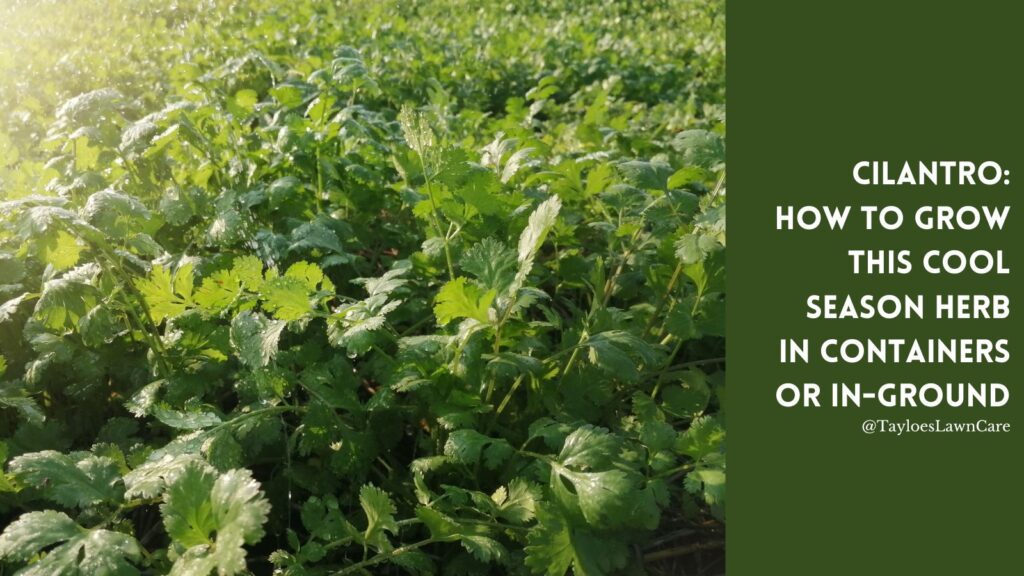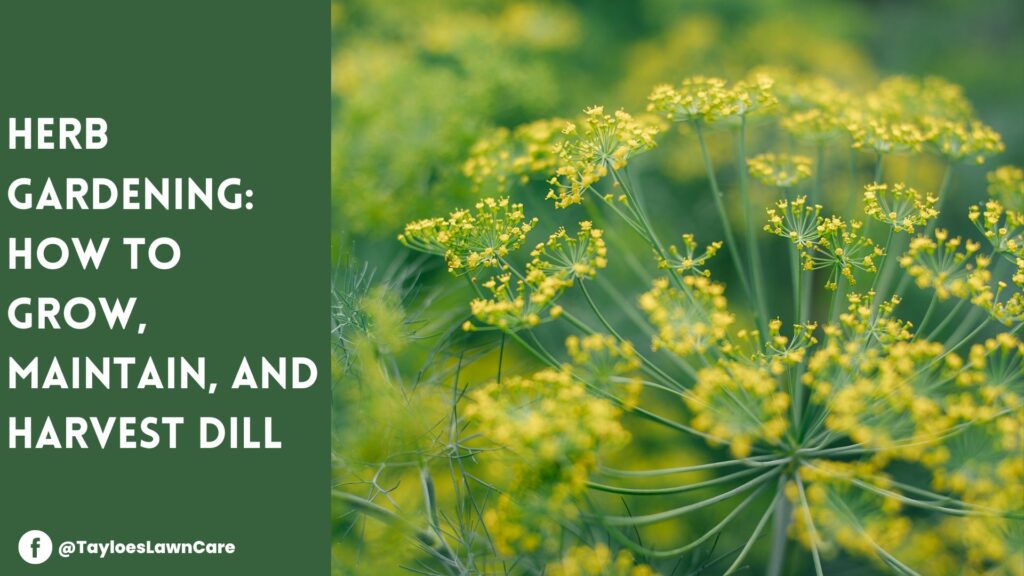Last Updated on: 29th December 2023, 12:01 pm
Easy-to-grow herbs offer great taste.
Parsley is an herb widely cultivated for its aromatic and flavorful leaves. This biennial herb belongs to the family Apiaceae, and its scientific name is Petroselinum crispum. It is a popular herb used in many different cuisines worldwide, and some enjoy it for its herbal medicinal properties.
Parsley is a relatively easy herb to grow and can thrive in various conditions. It is a cold-hardy herb suitable for USDA zones 3 through 9. This range means the hardy herb can withstand temperatures as low as -40°F in the winter and as high as 100°F in the summer.

Best Growing Conditions for Parsley
Here are the optimal conditions you’ll need to grow parsley successfully:
Light Conditions
Parsley prefers to grow in full sun or partial shade but can also tolerate full shade. However, it is worth noting that growing this herb in full shade may produce thinner and less flavorful leaves. The plant will produce more robust and flavorful leaves when grown in either the full sun or partial shade.
Soil Acidity
Parsley grows best in well-draining, slightly acidic soil, with a pH range of 5.5 to 6.5. If the soil is too alkaline, it may struggle to absorb certain nutrients, leading to stunted growth and poor flavor.
Watering and Care Needs
Parsley requires regular watering to thrive, but it is important not to overwater it. The soil should be consistently dampened but not soggy. Overwatering can cause root rot and other fungal diseases. When watering this herb, watering the soil around the plant rather than directly on the leaves is best. It can prevent the leaves from becoming wet, leading to fungal diseases.
When to Plant Parsley
You may grow parsley from seed or by transplantation. If starting from seed, it is best to start indoors about six to eight weeks before the last expected frost date. The seeds can germinate for up to three weeks, so be patient. If starting from transplants, it is best to plant them after the last expected frost date, when the soil has warmed up a bit.
When planting parsley, it is important to space the plants about eight to ten inches apart. This spacing will allow enough room for the plants to grow and spread out. Planting parsley in a location that receives at least four to six hours of sunlight daily is also essential.
How to Maintain Healthy Parsley
Parsley is a relatively low-maintenance herb, but it does require some care to keep it healthy and productive. One of the most important tips is to harvest the leaves regularly. It will not only help to keep the plant bushy and full, but it will also encourage new growth. It is also essential to watch for pests and diseases and take action if any problems arise.
Common pests affecting it include aphids, spider mites, and caterpillars. Diseases that can affect this (and many herbs) include powdery mildew, root rot, and leaf spot.
The Takeaway: Parsley Is Perfect for Growing In-Ground or in Containers in the Herb Garden
Parsley is a versatile and flavorful herb that is easy to grow – either indoors or outside in the herb garden. With its cold-hardy nature, it can be grown in almost all USDA zones and thrive in various growing conditions. It can produce abundant and flavorful growth by providing the right light, soil, and water conditions and regularly harvesting the leaves. So, whether used in cooking or for its medicinal properties, parsley is a valuable addition to any herb garden.

Author Profile

- Deborah Tayloe is the CEO and co-founder of Tayloe's Lawn Care Services, LLC. She has a B.S.Ed and holds certificates in soil and water management and herbology from accredited programs.
Latest entries
 Trees and ShrubsApril 22, 2025Boxwood Blight: Early identification and isolation
Trees and ShrubsApril 22, 2025Boxwood Blight: Early identification and isolation Flower GardenApril 8, 2025John F. Kennedy Rose: Hybrid tea rose with elegant white blooms
Flower GardenApril 8, 2025John F. Kennedy Rose: Hybrid tea rose with elegant white blooms Vegetable GardenMarch 24, 2025Trellis vegetables provide an abundant vertical garden harvest
Vegetable GardenMarch 24, 2025Trellis vegetables provide an abundant vertical garden harvest GardeningMarch 17, 2025Are coffee grounds good for compost?
GardeningMarch 17, 2025Are coffee grounds good for compost?





